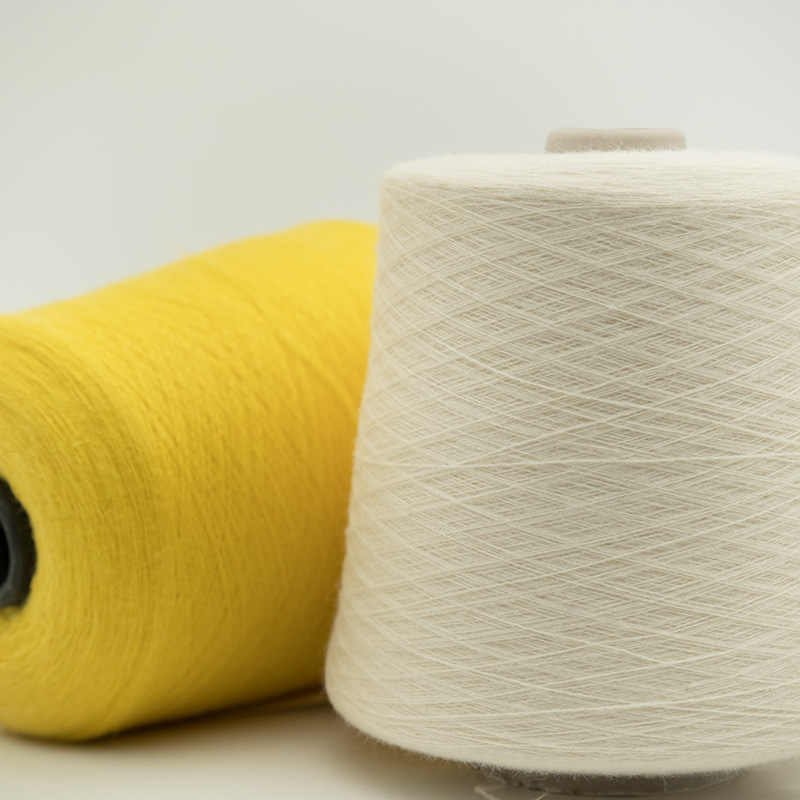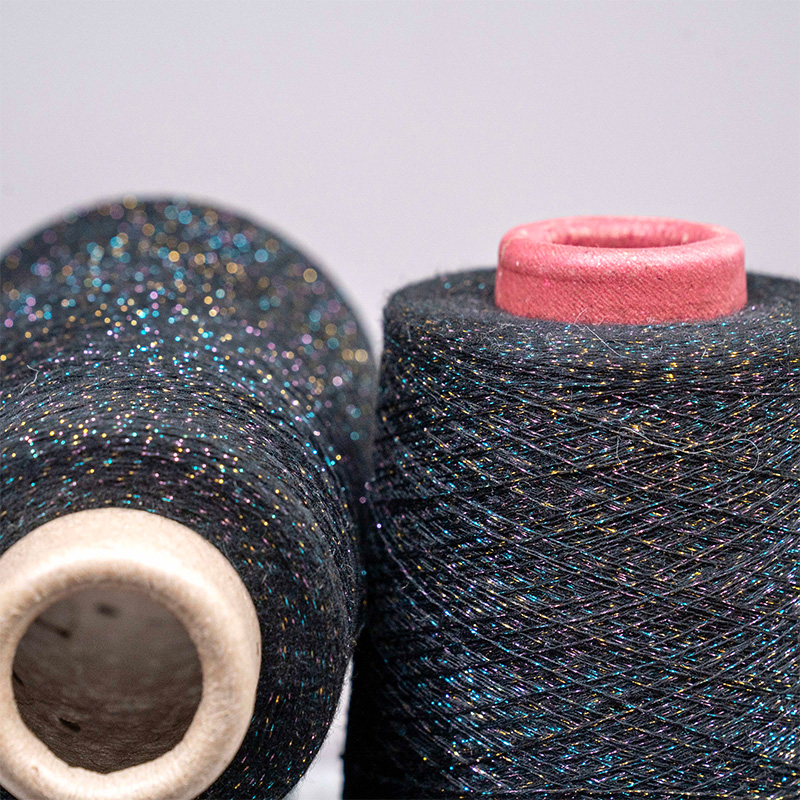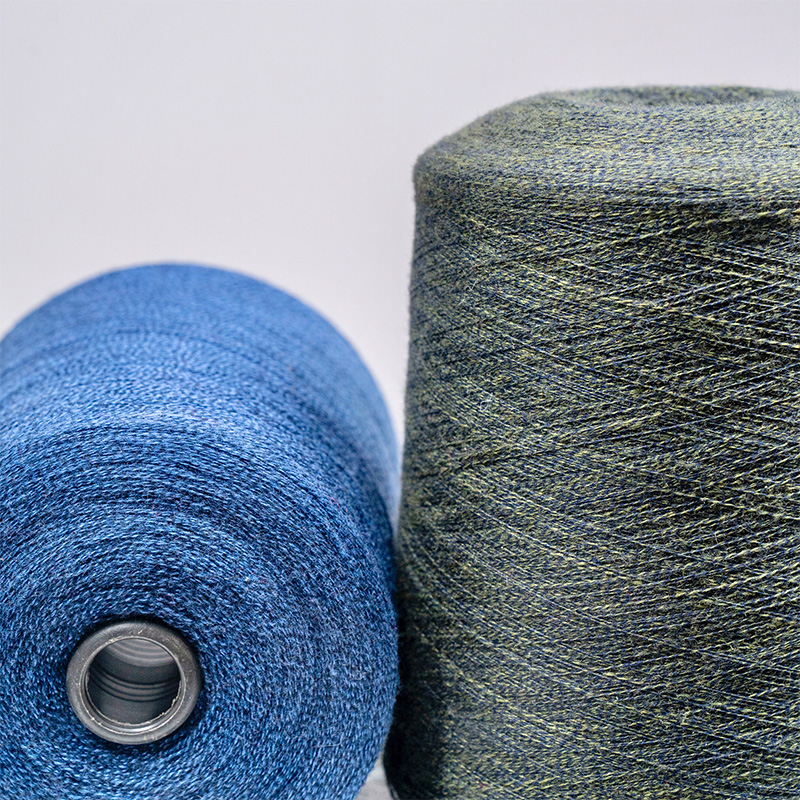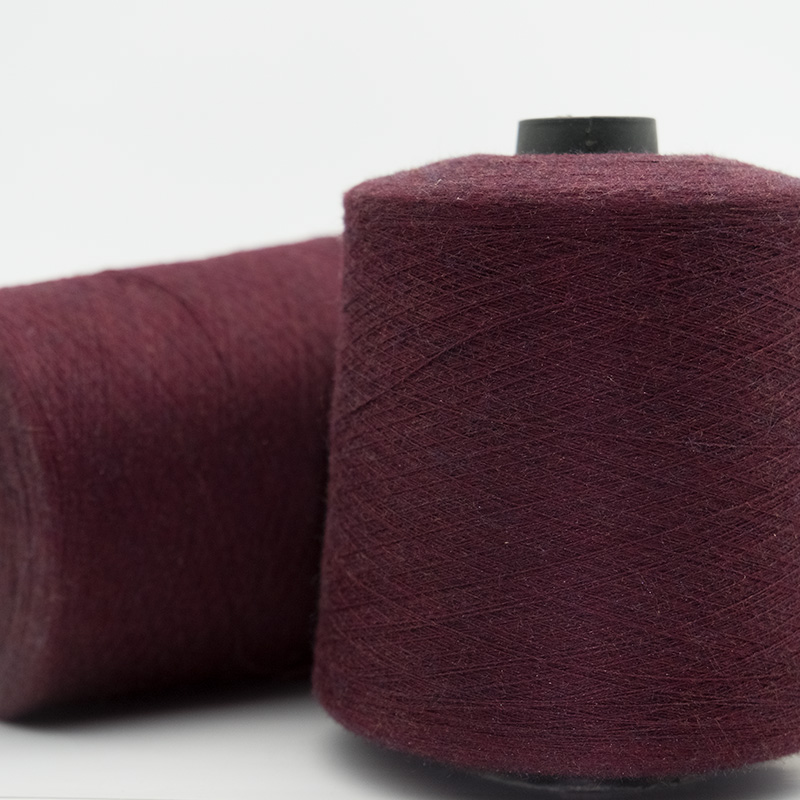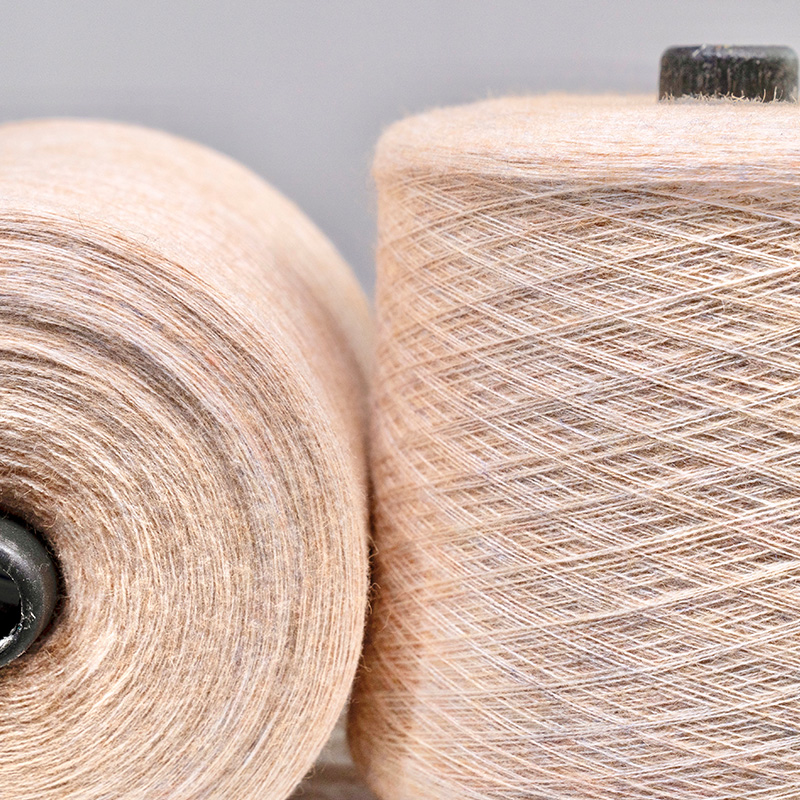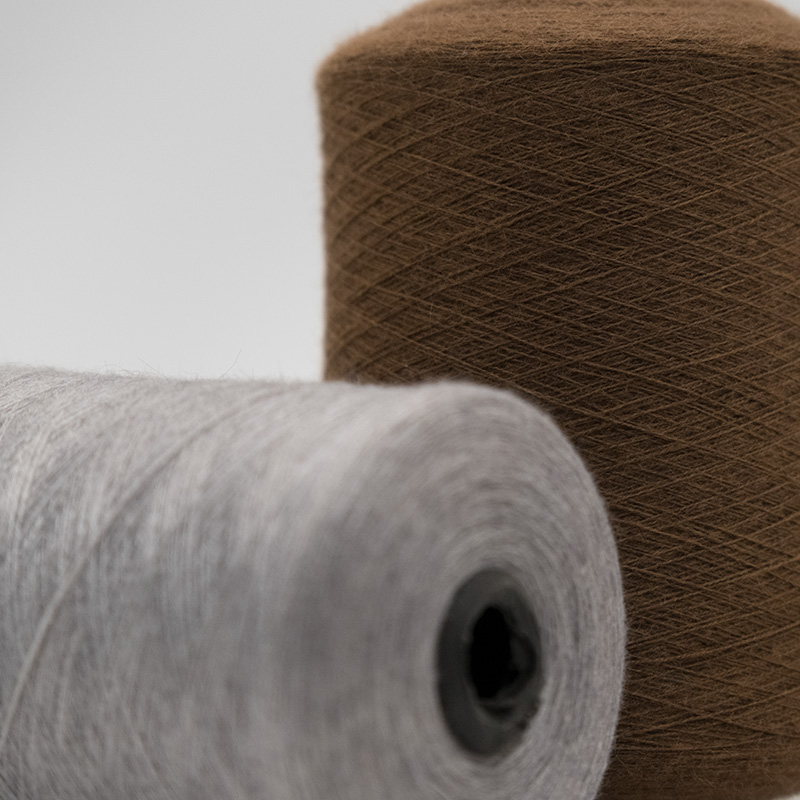Difference Between Natural and Synthetic Fibers: A Detailed Comparison
2025-11-13
Introduction to Natural and Synthetic Fibers
Fibers play a crucial role in the textile industry, serving as the basic building blocks for fabrics. Natural fibers, derived from plants and animals, have been used for centuries, while synthetic fibers, created through chemical processes, have seen rapid growth in recent years. Understanding the key differences between natural and synthetic fibers can help you choose the right material for your needs. This article explores these differences in depth, focusing on composition, properties, environmental impact, and uses.
Composition: The Origins of Fibers
The primary distinction between natural and synthetic fibers lies in their composition. Natural fibers are obtained from natural sources such as plants, animals, and minerals, while synthetic fibers are man-made through chemical processes.
Natural Fibers
Natural fibers come from natural sources such as:
- Plants: Cotton, linen, hemp, and jute
- Animals: Wool, silk, and alpaca
- Minerals: Asbestos (now mostly phased out due to health risks)
These fibers are renewable and biodegradable, making them environmentally friendly. They retain their unique properties, such as breathability and softness, due to their natural origin.
Synthetic Fibers
Synthetic fibers, on the other hand, are made by chemically processing raw materials such as petroleum or natural gas. Common synthetic fibers include:
- Nylon
- Polyester
- Acrylic
- Spandex
These fibers are made through processes like polymerization and extrusion, which give them specific characteristics such as durability, elasticity, and water resistance.
Properties of Natural vs. Synthetic Fibers
The properties of natural and synthetic fibers differ significantly, making them suitable for different uses. Here’s a comparison of key characteristics:
| Property | Natural Fibers | Synthetic Fibers |
| Breathability | High | Low |
| Durability | Moderate | High |
| Moisture Absorption | High | Low |
| Elasticity | Low | High |
| Environmental Impact | Biodegradable | Non-biodegradable |
Advantages and Disadvantages of Natural and Synthetic Fibers
Each fiber type has its own set of advantages and disadvantages, which makes them more or less suitable depending on the application.
Advantages of Natural Fibers
- Soft and comfortable, especially for clothing
- Breathable, making them suitable for hot and humid climates
- Biodegradable, reducing environmental impact
- Renewable and often more sustainable
Disadvantages of Natural Fibers
- Prone to damage from insects and microorganisms
- Require more maintenance, like dry cleaning
- Can shrink or lose shape when washed
Advantages of Synthetic Fibers
- Durable and long-lasting
- Resistant to moisture, stains, and wrinkles
- Low maintenance and easy to care for
- Available in a wide range of textures and finishes
Disadvantages of Synthetic Fibers
- Non-biodegradable, contributing to environmental pollution
- May cause discomfort due to poor breathability
- Can release microplastics into the environment when washed
Applications of Natural and Synthetic Fibers
Both natural and synthetic fibers have their own ideal applications. The choice between them largely depends on the desired qualities of the finished product.
Natural Fiber Applications
Natural fibers are widely used in:
- Clothing: Cotton, wool, and silk are common in garments
- Home textiles: Linen and cotton are used for bedding, towels, and upholstery
- Industrial applications: Hemp and jute are used for ropes, sacks, and mats
Synthetic Fiber Applications
Synthetic fibers are often used in:
- Sportswear and activewear: Polyester and spandex for flexibility and durability
- Home furnishings: Nylon and acrylic for carpets and upholstery
- Medical products: Synthetic fibers are used in wound dressings and medical textiles
Conclusion
Both natural and synthetic fibers offer unique properties that make them suitable for different uses. Natural fibers are often preferred for their sustainability and comfort, while synthetic fibers shine in durability and low-maintenance applications. Understanding the differences between these fibers can help you make an informed decision based on your needs and the environmental considerations that matter most to you.



 English
English русский
русский Español
Español 中文简体
中文简体


